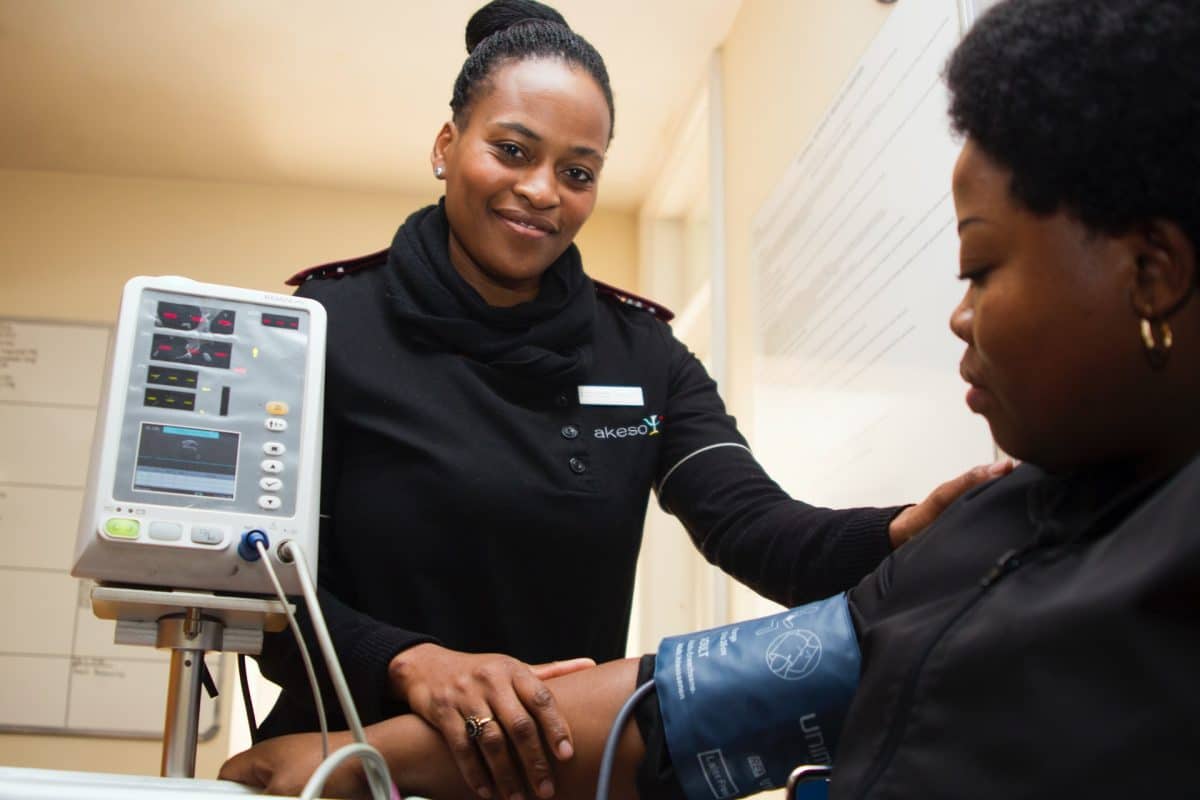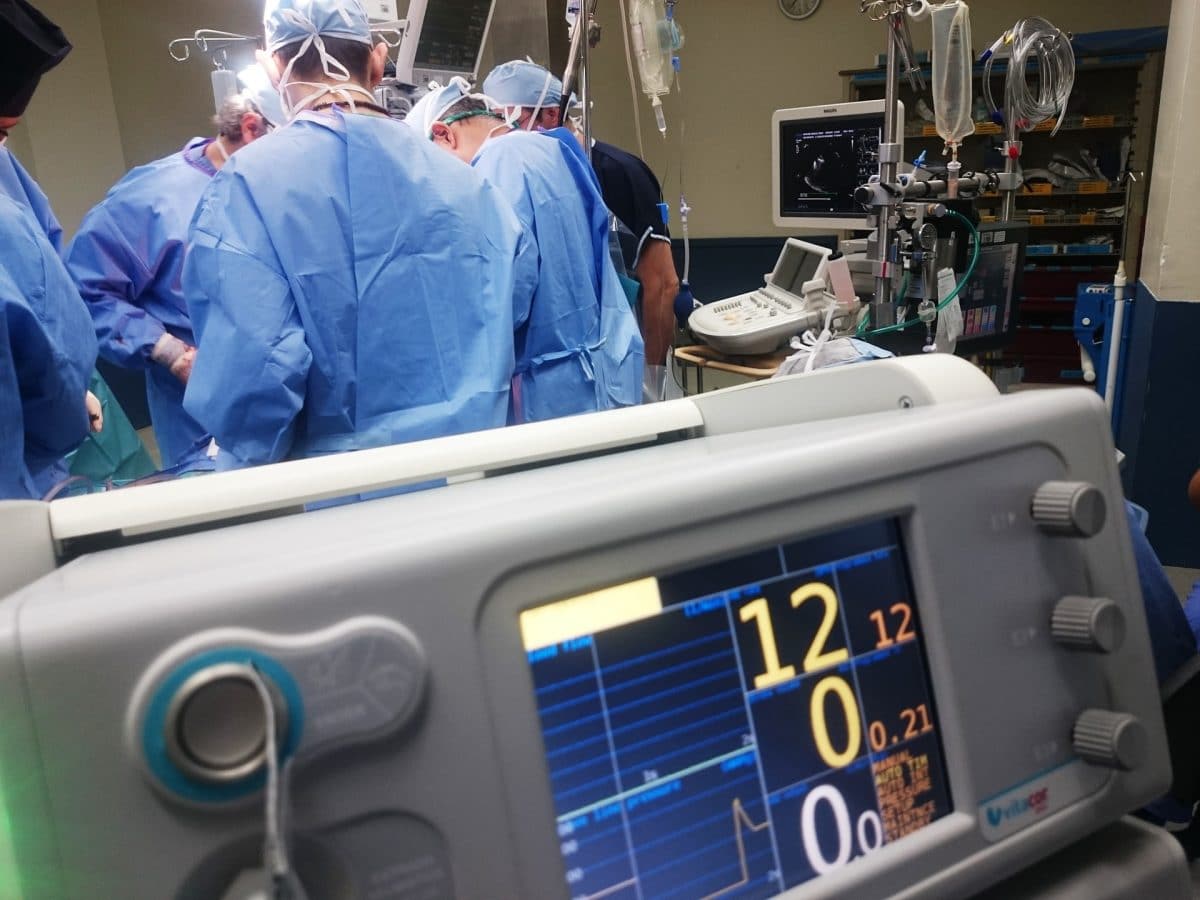Advanced Cardiac Life Support, or ACLS for short, is a set of guidelines that are geared towards people who have been trained to perform medical care on patients with heart and lung problems. This guide will help you understand what ACLS is and why it’s important.

What Is Advanced Cardiac Life Support?
Advanced cardiac life support, or ACLS for short, refers to a set of guidelines aimed at people who have been trained in performing medical care on patients with heart and lung problems. It’s important that you fully understand what ACLS is before trying to do any ACLS training online because doing it wrong could potentially lead to worsened patient condition. ACLS is a critical step in helping patients who are suffering from heart attacks, cardiac arrest, and other life-threatening heart problems.
It’s crucial to know key steps in ACLS such as how to use an AED, how to perform CPR, and when to administer drugs. To check the patient’s airway, breathing, and circulation, you will need to perform a physical assessment. If the patient is not responding or if they are in cardiac arrest, you will need to start CPR. CPR should be performed until an AED is available, or until the patient starts breathing on their own.
If the patient is responsive, you will need to provide advanced care. This includes using medications and providing advanced life support measures. Using AEDs and administering medications can provide the best possible outcomes for patients. Advanced Cardiac Life Support is a vital part of providing quality care to patients.
Why Is Advanced Cardiac Life Support Important?
In this day and age, many people have a hard time trying to understand the significance of Advanced Cardiac Life Support. People all over the world are unsure of what ACLS is, why it needs to be done, or how important it truly is. For you to fully comprehend just how crucial knowing exactly what ACLS entails can be, it is important to understand the role that this type of support plays in cardiac emergencies.
When an individual suffers a heart attack, their life may be hanging in the balance. In some cases, standard CPR techniques may be enough to save someone’s life. However, in more serious situations where the heart has stopped beating completely (known as cardiac arrest), Advanced Cardiac Life
Support is often necessary to help resuscitate the patient. The techniques used in ACLS can be extremely beneficial in helping to restore a normal heart rhythm and improving blood flow. In some cases, this may be enough to save someone’s life.
The knowledge of Advanced Cardiac Life Support is extremely important to be able to help a friend or loved one who may have experienced cardiac arrest. If someone you know has had a heart attack and requires CPR, you must understand how to properly administer this type of care. This can mean the difference between life and death.
Regular monitoring for signs of heart failure, including increased fatigue, shortness of breath, and swelling in the extremities, is essential for maintaining heart health, especially in those with a history of cardiac issues. Educating oneself about the signs of heart failure, such as rapid weight gain, persistent cough, and reduced exercise tolerance, can play a pivotal role in early detection and effective management of heart conditions.
Proactive lifestyle changes, like a heart-healthy diet and regular exercise, along with awareness of the signs of heart failure, are key strategies in preventing and managing heart disease.
For instance, heart failure cough, which is characterized by a dry or wet cough with increased mucus production, may be managed through medication and lifestyle changes such as avoiding triggers like smoke and allergens. Further, actively participating in cardiac rehabilitation programs can also improve heart health outcomes and reduce the risk of future heart events.
What Are The Goals Of Advanced Cardiac Life Support?
The goals of Advanced Cardiac Life Support are to prevent death and improve the outcome for patients who have a cardiac arrest. ACLS also aims to reduce disability in these patients, and improve their quality of life. This is done by providing early recognition and treatment of heart problems, as well as providing timely interventions during a cardiac arrest.
Additionally, the goals of ACLS are to improve survival rates and reduce the risk of brain damage after a cardiac arrest. When a patient has a cardiac arrest, their heart stops pumping blood around their body. This can cause serious damage to the brain if it is not treated quickly.
The third goal of ACLS is to reduce the length of time patients spend in a coma after cardiac arrest. By providing early treatment and interventions, you can help keep these patients out of comas for shorter periods.
What Are The Common Causes Of Cardiac Arrest?
There are many different causes of cardiac arrest, some of which are more common than others. Some of the most common causes include heart attacks, sudden arrhythmias, and choking. Any one of these conditions can lead to a person’s heart-stopping abruptly, causing them to go into cardiac arrest. If you experience any of these symptoms, seek immediate attention.
A heart attack can often occur when a blood clot forms and blocks the flow of oxygenated blood through one or more arteries in your heart. When this happens, cells throughout your body don’t receive enough oxygen to meet their needs, which is why you may experience symptoms such as chest pain that spreads to other areas of your body, shortness of breath, nausea or vomiting, and excessive sweating.
Sudden arrhythmias are abnormal heart rhythms that can occur for a variety of reasons. When the electrical signals that control your heartbeat become disordered, it can cause your heart to beat too rapidly, too slowly, or irregularly. This can lead to cardiac arrest.

It is important to understand Advanced Cardiac Life Support because it will help you in a medical emergency. This guide also breaks down the basics of ACLS and what happens during each step of treatment.
- About the Author
- Latest Posts
Whether she is researching the latest trends in home decor, life-changing destination getaways, or the best way to maintain your finances, Dewey takes pride in leaving no stone unturned. She is passionate about distilling and delivering high-quality information that you can use to upgrade your life.

